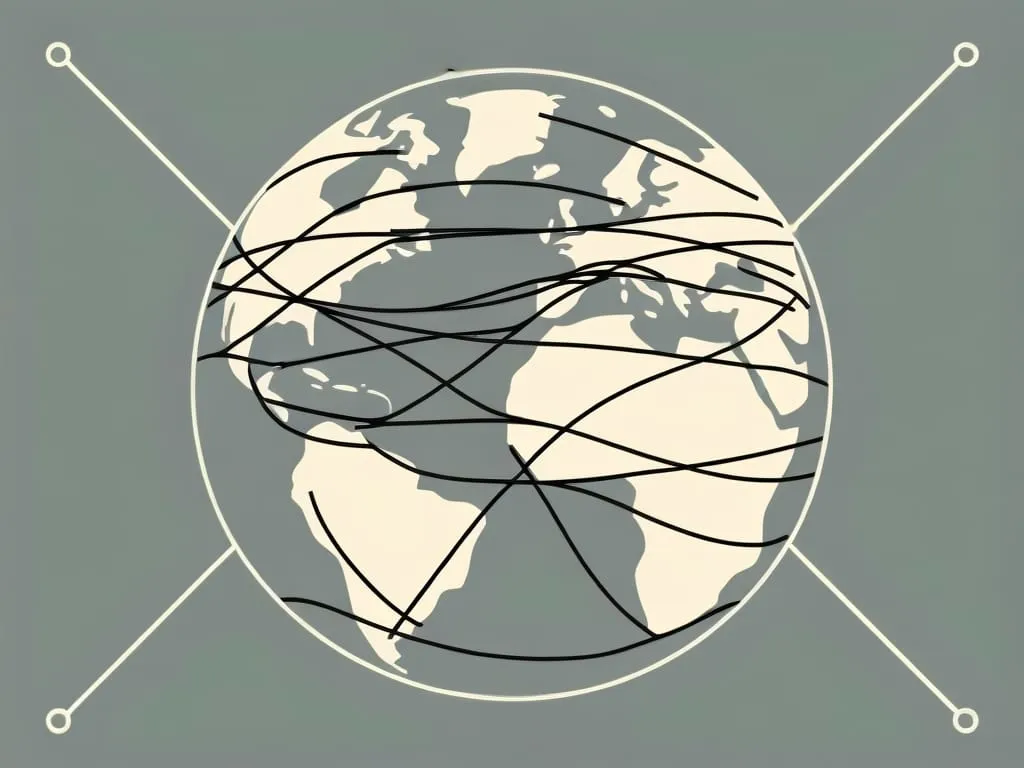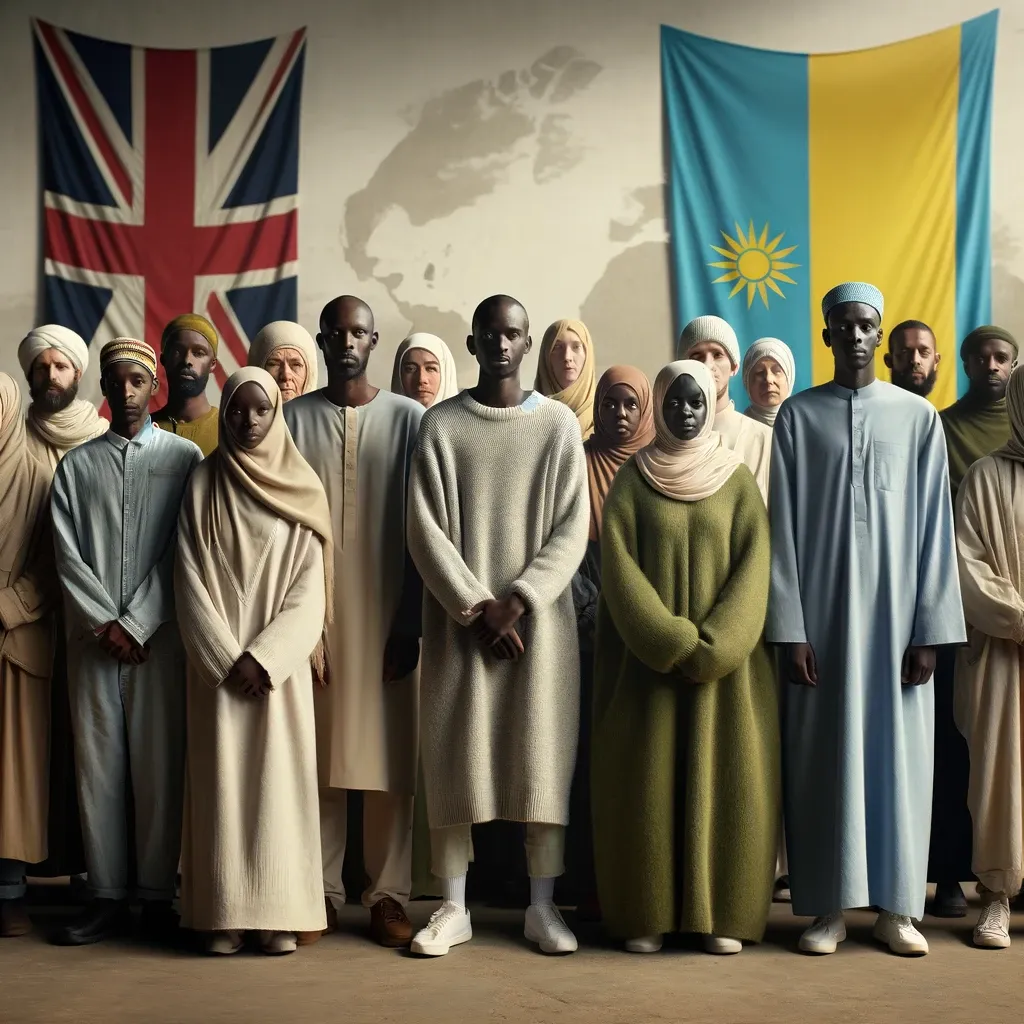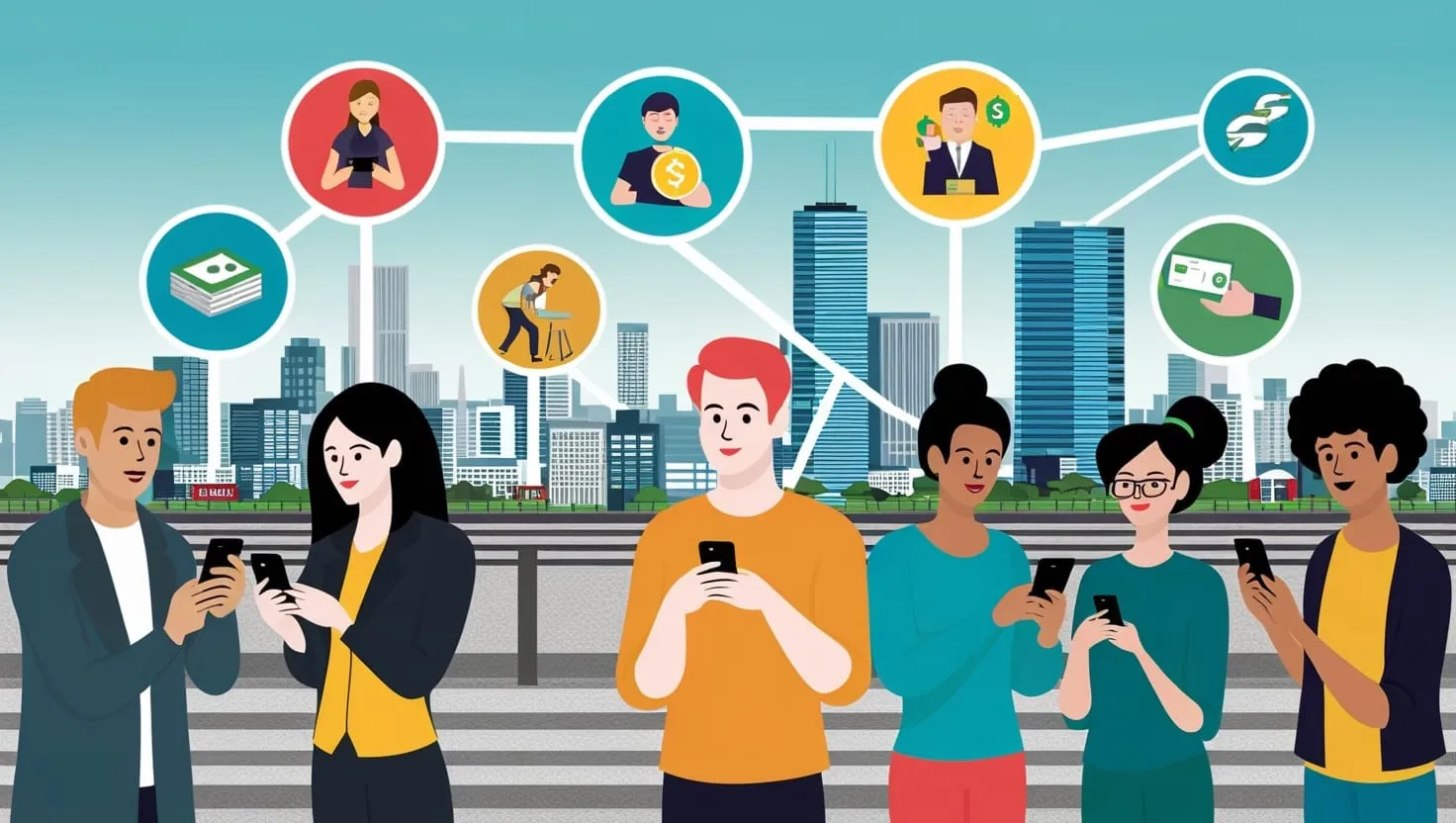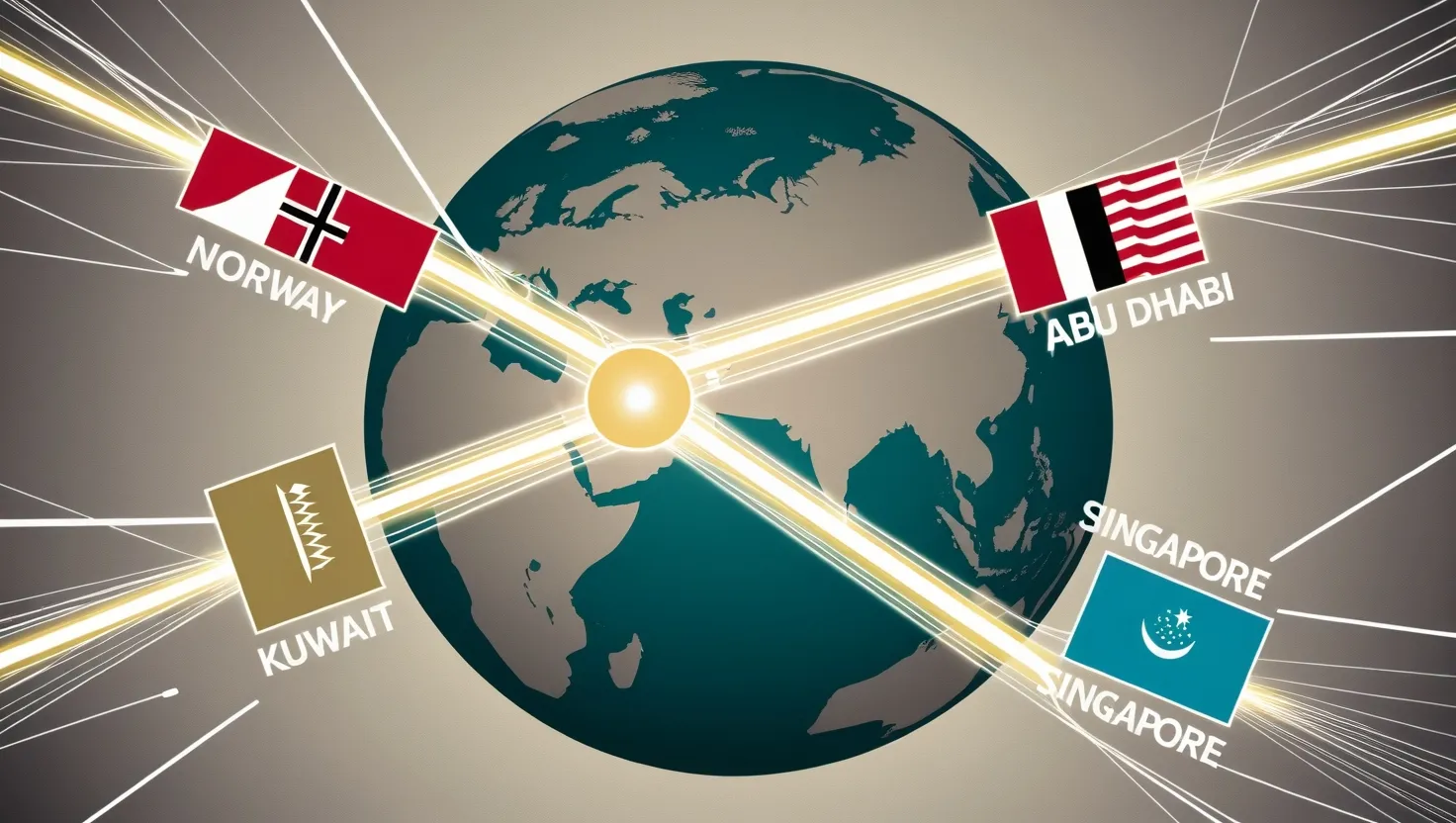In the early 1970s, three college friends in Seattle, Gordon Bowker, Jerry Baldwin, and Zev Siegl, shared a passion for high-quality coffee. Unlike the weak, watered-down brews typical in America at the time, they craved the rich, robust flavors of freshly roasted beans. Gordon Bowker, in particular, was known for his frequent trips to Vancouver, where he sourced superior coffee beans. This sparked an idea among the trio: why not bring premium coffee to the American market?
Their vision was simple yet revolutionary. They aimed to sell high-quality coffee beans and equipment, allowing customers to brew the perfect cup at home. This was a novel concept, as most Americans were accustomed to instant coffee. However, the friends lacked business experience, so they sought mentorship from Alfred Peet, an entrepreneur who had already introduced high-quality coffee to the U.S. Peet ran a small coffee shop in Berkeley, California, where he taught them the art of roasting Arabica beans and connected them with reputable coffee brokers.
In 1971, with their newfound knowledge and a modest investment, Bowker, Baldwin, and Siegl opened the first Starbucks store in Seattle’s Pike Place Market, selling coffee beans, tea, and spices. Little did they know, this small venture would soon grow into a global coffee empire.
Meeting the Mentor: Alfred Peet
The trio's vision for Starbucks was ambitious but lacked the practical know-how to turn it into reality. That's when they turned to Alfred Peet, a Dutch immigrant who had already made a name for himself in the American coffee scene. Peet had opened his own coffee store, Peet’s Coffee, in Berkeley, California, in 1966, and it quickly became known for its high-quality beans and artisanal roasting techniques. Unlike the bland, mass-produced coffee that dominated the U.S. market, Peet’s coffee was rich, robust, and full of character.
Recognizing a kindred spirit in Peet, Bowker, Baldwin, and Siegl sought his mentorship. Peet welcomed them with open arms, eager to share his knowledge and passion for coffee. He taught them the intricacies of sourcing top-notch beans and the delicate art of roasting them to perfection. Peet’s influence was profound, providing the trio with the foundation they needed to pursue their dream.
Under Peet’s guidance, the founders made valuable connections with high-quality coffee brokers and suppliers. This mentorship was crucial in shaping Starbucks' early identity and commitment to excellence. It wasn't just about selling coffee; it was about creating an exceptional coffee experience. With Peet’s expertise and their shared enthusiasm, Bowker, Baldwin, and Siegl were ready to embark on their journey, armed with the knowledge and connections to succeed.
The First Starbucks Store
With Alfred Peet's guidance, the founders were ready to bring their vision to life. In 1971, they pooled their resources and opened the first Starbucks store in Seattle’s historic Pike Place Market. The shop was small and unassuming, but it was stocked with the finest coffee beans, teas, and spices. Unlike typical coffee shops of the time, Starbucks didn't sell brewed coffee by the cup. Instead, they focused on providing high-quality beans and the equipment necessary for customers to brew their own coffee at home.
The name "Starbucks" was inspired by the classic novel "Moby Dick," reflecting the founders' desire for a name that evoked the romance of the high seas and the lure of adventure. Initially, the store attracted a niche market of coffee aficionados, but word quickly spread about the superior quality of their beans. Customers who once settled for bland, instant coffee were now discovering the rich, complex flavors of freshly roasted Arabica beans.
The store's success was fueled by a growing community of loyal customers who appreciated the founders' dedication to quality. Over the next decade, Starbucks expanded modestly, opening a handful of additional locations in Seattle. Each new store maintained the same commitment to excellence, reinforcing the brand's reputation as a purveyor of premium coffee. This early foundation set the stage for Starbucks' eventual transformation from a local coffee retailer to a global coffee powerhouse.
Enter Howard Schultz
In 1981, Howard Schultz, a sales representative for a Swedish kitchenware manufacturer, noticed that a small client in Seattle was ordering an unusually large number of his company's coffee makers. Intrigued, Schultz decided to visit this client, which turned out to be Starbucks. Upon stepping into the store, he was struck by the rich aroma of freshly ground coffee and the dedication to quality that permeated the atmosphere. Schultz tasted Starbucks' coffee and was immediately captivated by its robust flavor—unlike anything he had ever experienced.
Recognizing the potential of Starbucks, Schultz approached the founders, eager to join their team. It took him nearly a year to convince them, but in 1982, they finally brought him on as Director of Retail Operations and Marketing. Schultz's enthusiasm and visionary ideas quickly set him apart. He saw an opportunity to transform Starbucks from a retailer of coffee beans and equipment into a place where people could come to enjoy freshly brewed coffee.
His breakthrough moment came during a business trip to Milan, Italy. There, Schultz was enchanted by the vibrant café culture, where coffee shops served as bustling social hubs. Baristas crafted espresso drinks with flair, and patrons lingered to savor their coffee and converse. Schultz envisioned bringing this experience to the United States, creating a "third place" between home and work where people could gather and enjoy high-quality coffee.
Armed with this vision, Schultz returned to Seattle and pitched the idea to the Starbucks founders. Initially, they were hesitant, concerned that this shift would distract from their core business. But Schultz's passion and persistence eventually won them over, setting the stage for Starbucks' transformation into a coffeehouse that would change the way Americans think about coffee.
The Italian Inspiration
Howard Schultz's trip to Milan in 1983 was a pivotal moment in Starbucks' history. In Milan, Schultz was captivated by the city's vibrant café culture. He observed how coffee shops were more than just places to grab a quick drink; they were social hubs where people gathered, conversed, and connected. Baristas crafted each cup with skill and passion, creating an inviting and theatrical experience. Schultz saw patrons enjoying their coffee at a leisurely pace, something quite different from the hurried, take-it-to-go mentality prevalent in the United States.
This experience sparked a revolutionary idea in Schultz's mind. He envisioned Starbucks as not just a seller of coffee beans, but as a purveyor of a rich, communal coffeehouse experience. He believed that Starbucks could recreate the Italian café culture in America, offering a "third place" between home and work where people could relax, socialize, and enjoy high-quality coffee.
Returning to Seattle, Schultz pitched his vision to the Starbucks founders. He proposed transforming Starbucks stores into Italian-inspired cafes that served espresso drinks and provided a comfortable, inviting atmosphere. The founders were initially skeptical. They were concerned about deviating from their successful business model of selling beans and equipment. However, Schultz's passion and conviction were persuasive. They agreed to test the concept with a single coffee bar in a new store.
The test was a success. Customers loved the new coffee bar, and Schultz's vision began to take shape. Despite this initial success, the founders remained cautious and were not fully convinced that this was the future of Starbucks. Frustrated but undeterred, Schultz decided to take a bold step. He left Starbucks in 1985 to start his own coffee company, Il Giornale, where he could fully realize his vision of creating a vibrant, community-focused coffeehouse inspired by his experiences in Italy. This decision set the stage for his eventual return to Starbucks and the transformation that would follow.
Schultz's Bold Vision
After leaving Starbucks in 1985, Howard Schultz launched Il Giornale, a coffeehouse inspired by the Italian cafés he had fallen in love with. At Il Giornale, Schultz brought his vision to life. The café offered a welcoming atmosphere where customers could enjoy expertly crafted espresso drinks while chatting with friends or reading a book. The baristas were trained to create the same kind of theater Schultz had seen in Milan, with each cup of coffee made with care and precision.
Il Giornale quickly gained a loyal following, proving that Schultz's idea had real potential. His success didn't go unnoticed by the original Starbucks founders, who were beginning to face financial difficulties after acquiring Peet's Coffee in 1984. They decided to sell Starbucks to focus on Peet's, and Schultz saw an opportunity to merge his burgeoning coffeehouse with the established Starbucks brand.
However, raising the $3.8 million needed to purchase Starbucks was no easy feat. Schultz embarked on an ambitious campaign to secure funding, pitching his vision to numerous investors. He passionately argued that Starbucks could transform coffee culture in America by offering high-quality beverages in a comfortable, community-oriented setting. Despite the skepticism he faced—most Americans were used to cheap, instant coffee—Schultz's determination paid off.
In the summer of 1987, Schultz successfully raised the necessary funds and acquired Starbucks, merging it with Il Giornale. This merger marked the beginning of a new era for Starbucks. Under Schultz’s leadership, Starbucks began to expand rapidly, opening new stores and introducing Americans to the experience of enjoying premium coffee in a welcoming environment. Schultz’s bold vision was becoming a reality, setting the stage for Starbucks' transformation into a global coffee powerhouse.
Raising the Capital
Howard Schultz faced a daunting challenge when he set out to raise the $3.8 million needed to acquire Starbucks. At the time, coffee consumption in the U.S. was declining, and the idea of paying $3 for a cup of coffee seemed absurd to many potential investors. Yet, Schultz was undeterred. He was convinced that his vision of a community-focused coffeehouse, where customers could enjoy high-quality coffee and a unique experience, was worth pursuing.
Schultz embarked on a relentless campaign to secure funding, meeting with over 200 potential investors. He passionately articulated his vision, emphasizing not just the quality of the coffee but the entire experience of the coffeehouse. He painted a picture of a "third place" between home and work, where people could gather, relax, and connect. Despite numerous rejections, Schultz's conviction and charisma eventually won over a few key investors who believed in his vision.
Among the first to back Schultz were local investors in Seattle, including some who had been customers at Il Giornale. These early believers helped him build momentum, and word began to spread about this ambitious entrepreneur with a compelling idea. Schultz also secured support from venture capitalists who saw potential in his innovative approach to the coffee business.
In the summer of 1987, after months of tireless effort, Schultz finally raised the necessary $3.8 million. With the financing in place, he acquired Starbucks, merging it with Il Giornale. This pivotal moment marked the beginning of a new chapter for Starbucks. Armed with the capital and a clear vision, Schultz set out to transform Starbucks from a regional coffee bean retailer into a national coffeehouse brand, introducing Americans to the joy of high-quality, freshly brewed coffee.
Thank you for reading Investor Central. This post is public so feel free to share it.
Rapid Expansion and IPO
With the acquisition complete, Howard Schultz set his sights on rapid expansion. He envisioned Starbucks as a national brand, and he was determined to introduce Americans everywhere to the coffeehouse experience he had brought to life at Il Giornale. The first step was to open new stores in strategic locations, focusing on major cities where a demand for high-quality coffee was emerging.
By 1987, Starbucks had just 17 stores. Under Schultz's leadership, the company expanded aggressively. Within five years, Starbucks had grown to 140 locations. Schultz focused not only on expanding the number of stores but also on maintaining a consistent experience. Every Starbucks had to provide the same high-quality coffee and inviting atmosphere, whether in Seattle or New York.
In 1992, Starbucks took a major step by going public. The Initial Public Offering (IPO) was a critical move to secure the capital needed for further expansion. Starbucks' shares were priced at $17 each, and the IPO was a resounding success, raising $25 million for the company. This influx of capital allowed Starbucks to accelerate its growth even more.
With the funds from the IPO, Schultz invested in new stores, marketing, and the supply chain to ensure consistent quality. Starbucks' expansion strategy was meticulous: each new store was placed in high-traffic areas to attract both new and returning customers. This approach paid off as Starbucks became a familiar and beloved brand across the United States.
By 1996, Starbucks had opened its 1,000th store and debuted its first international location in Tokyo, Japan. This marked the beginning of Starbucks' global expansion. Schultz's vision was becoming a reality as Starbucks transformed from a small Seattle coffee retailer into a global phenomenon, changing the way people around the world experienced coffee.
Challenges and a Return to Roots
As Starbucks rapidly expanded in the early 2000s, it faced significant challenges. The company’s growth strategy, which involved opening new stores at a breakneck pace, led to oversaturation in some markets. This rapid expansion was coupled with a shift in focus from quality and customer experience to sheer volume and efficiency. Starbucks began to lose the essence of what made it special.
One of the most visible changes was the introduction of automated espresso machines, which, while efficient, stripped away the artisanal aspect of coffee making. The unique charm of watching a barista expertly craft a drink was replaced by a mechanized process, which disappointed many loyal customers. Drive-thru windows also became more common, further eroding the sense of community that Schultz had originally envisioned.
By 2007, the effects of these changes were evident. Starbucks' stock price had soared, but so had customer complaints. The financial crisis of 2008 exacerbated the situation as consumers cut back on discretionary spending, including premium coffee. Schultz, now in a less active role, watched with growing concern as the company he built seemed to be losing its soul.
In January 2008, Schultz returned as CEO to steer Starbucks back on course. His first actions were decisive and aimed at restoring quality and customer experience. He closed hundreds of underperforming stores and laid off several top executives. In a bold move to signal a return to quality, Schultz shut down all U.S. stores for an afternoon to retrain baristas on the art of espresso making. This move cost the company millions in lost sales but underscored Schultz’s commitment to quality.
Schultz also reintroduced the manual espresso machines and brought back the in-store grinding of coffee beans, restoring the rich aroma that had once defined the Starbucks experience. His efforts began to pay off as customers noticed the improvements. Schultz's return to Starbucks' roots helped to stabilize the company and set it on a path to recovery, reinforcing the values of quality and community that had originally propelled its success.
The Legacy of Starbucks
Under Howard Schultz's renewed leadership, Starbucks began to thrive again. By refocusing on quality and customer experience, Schultz restored the company's reputation and financial health. The strategic initiatives he implemented, including the introduction of the Starbucks loyalty card and mobile app, played a crucial role in the company’s resurgence. The app, which became immensely popular, allowed customers to order and pay for their coffee seamlessly, enhancing convenience and driving sales.
Starbucks also expanded its product offerings, introducing a range of food items and seasonal beverages that attracted new customers and kept existing ones coming back. International expansion continued as well, with Starbucks opening new stores in emerging markets like China and India. By 2016, Starbucks had over 25,000 locations worldwide, cementing its status as a global coffee powerhouse.
Schultz's commitment to social responsibility also became a cornerstone of the Starbucks brand. The company prioritized ethical sourcing of coffee beans, ensuring fair prices for farmers and promoting sustainable practices. Starbucks also offered comprehensive benefits to its employees, whom Schultz referred to as "partners," including healthcare and college tuition assistance. This focus on corporate social responsibility helped differentiate Starbucks from other companies and fostered a strong sense of loyalty among both employees and customers.
In December 2016, Schultz stepped down as CEO for the second time, confident that Starbucks was on solid ground. He handed the reins to Kevin Johnson, the company's Chief Operating Officer. Schultz remained active as the Executive Chairman, focusing on social impact initiatives and the company’s high-end Reserve Roasteries, which aimed to elevate the coffee experience even further.
The legacy of Starbucks is one of innovation, resilience, and a relentless pursuit of quality. From a single store in Seattle’s Pike Place Market, Starbucks grew into a global icon, changing how people around the world experience coffee. Schultz’s vision of a “third place” between home and work became a reality, creating spaces where people can gather, connect, and enjoy exceptional coffee. Today, Starbucks continues to thrive, guided by the principles that have defined it since its inception: quality, community, and a passion for coffee.






